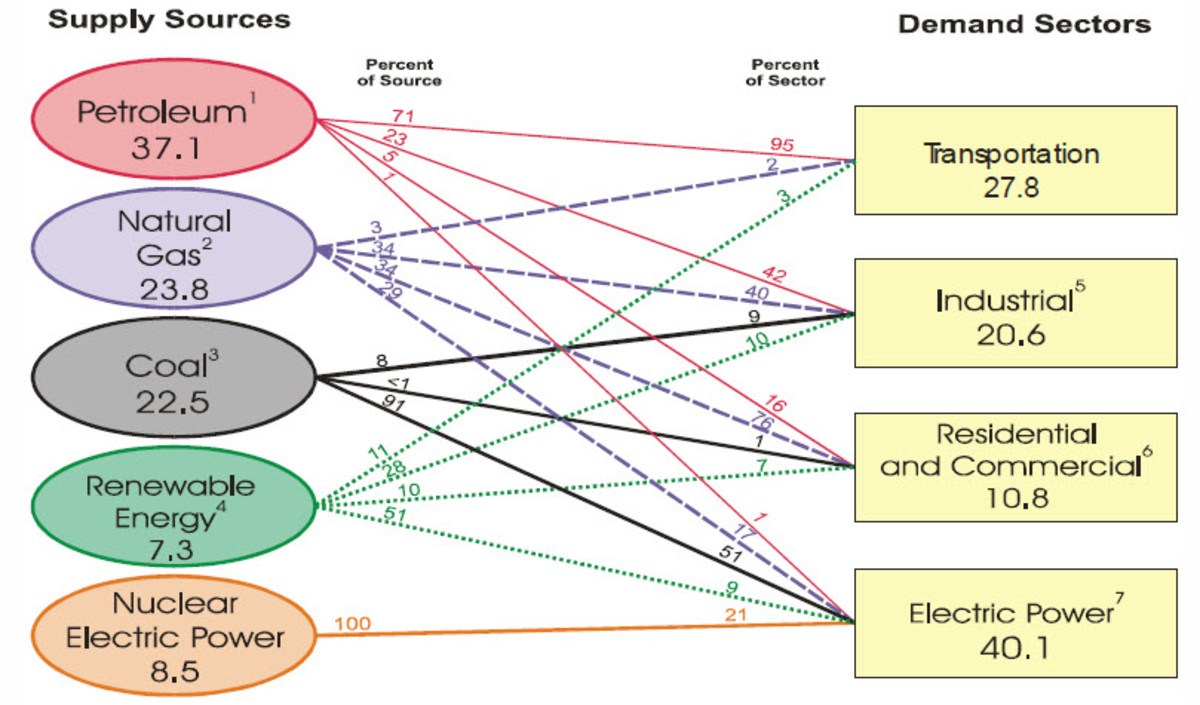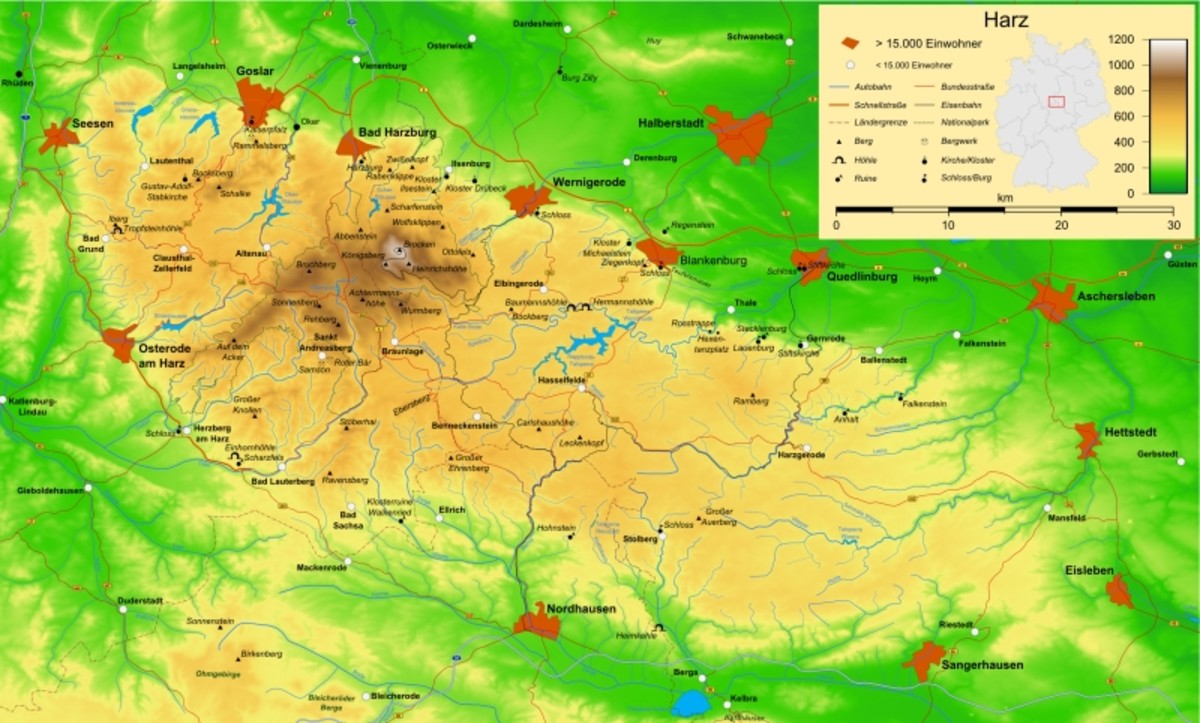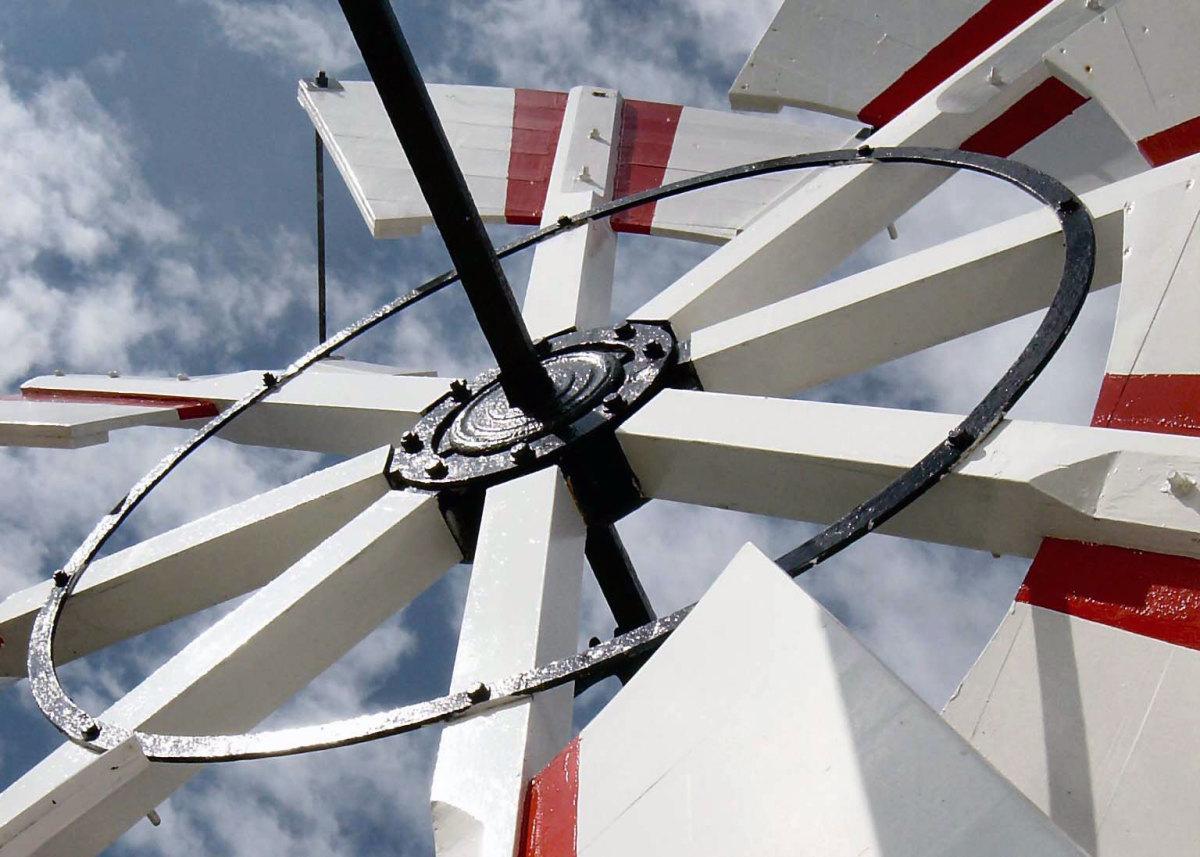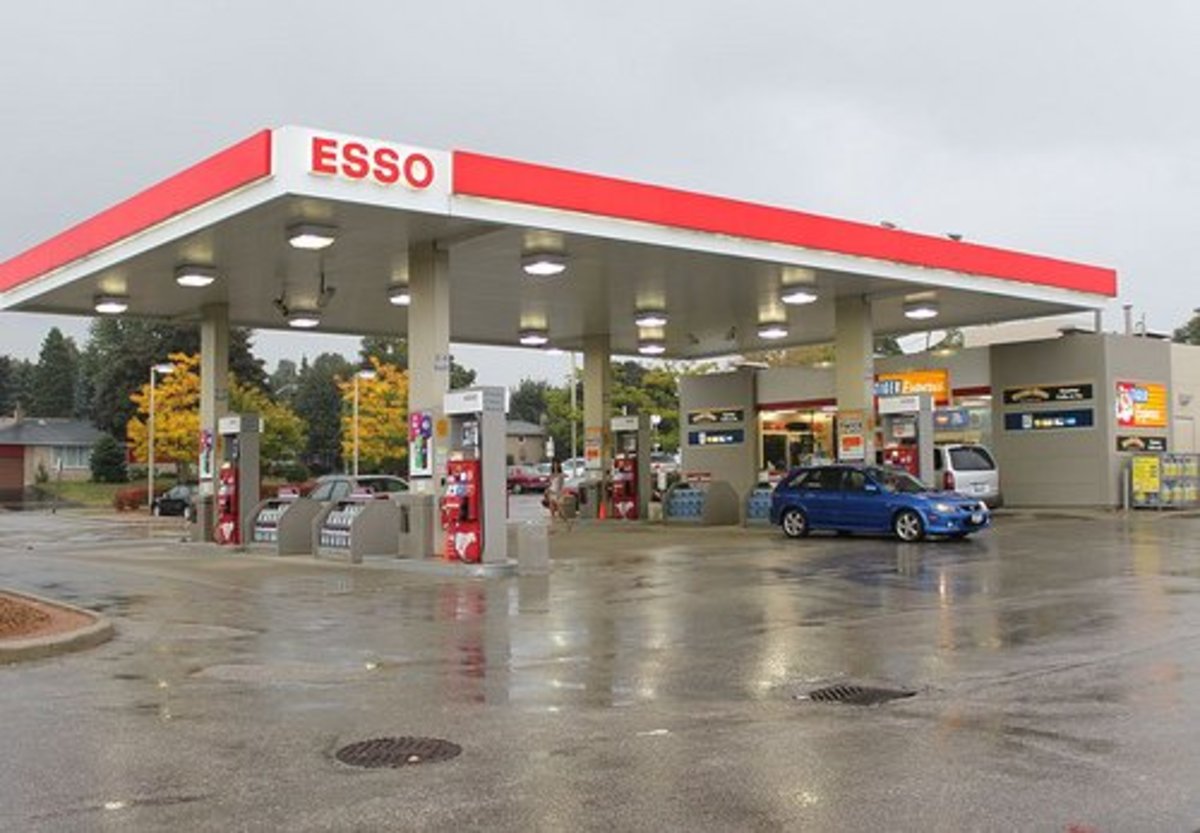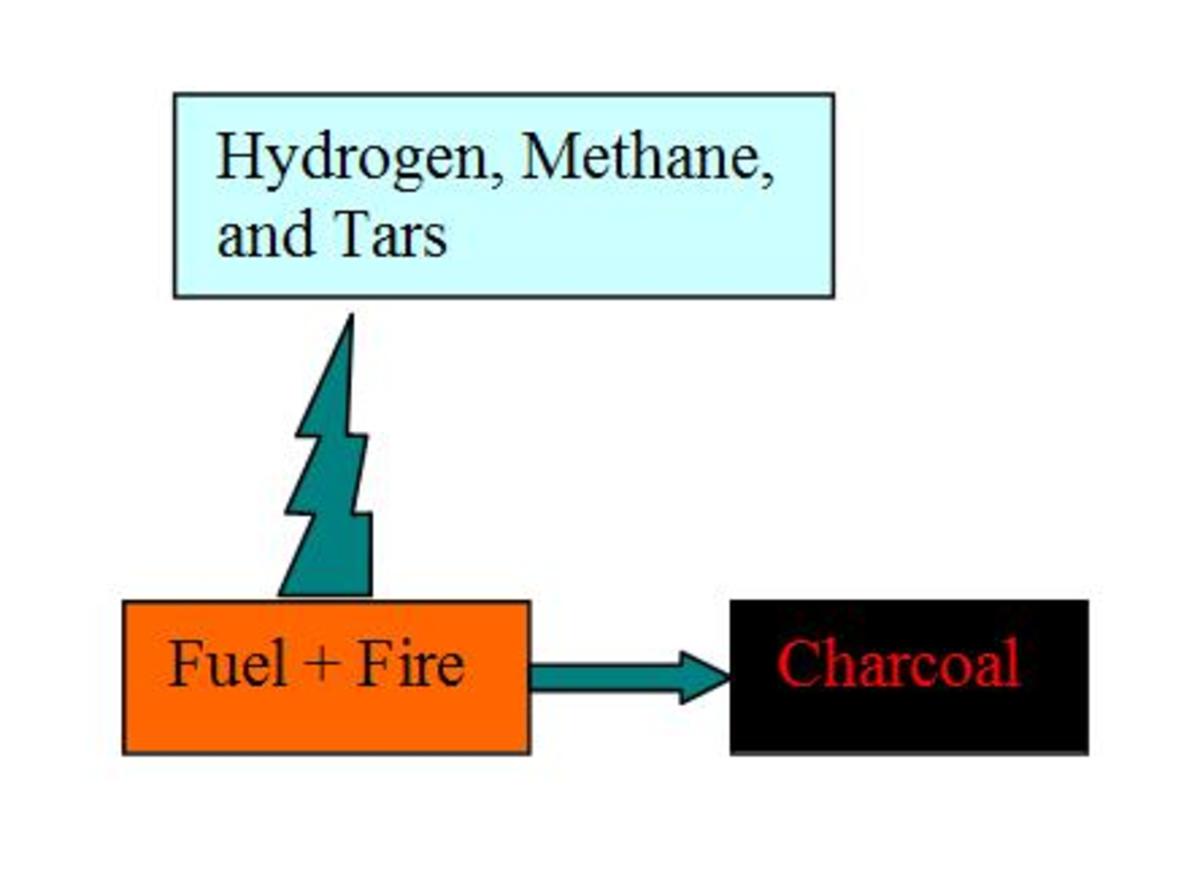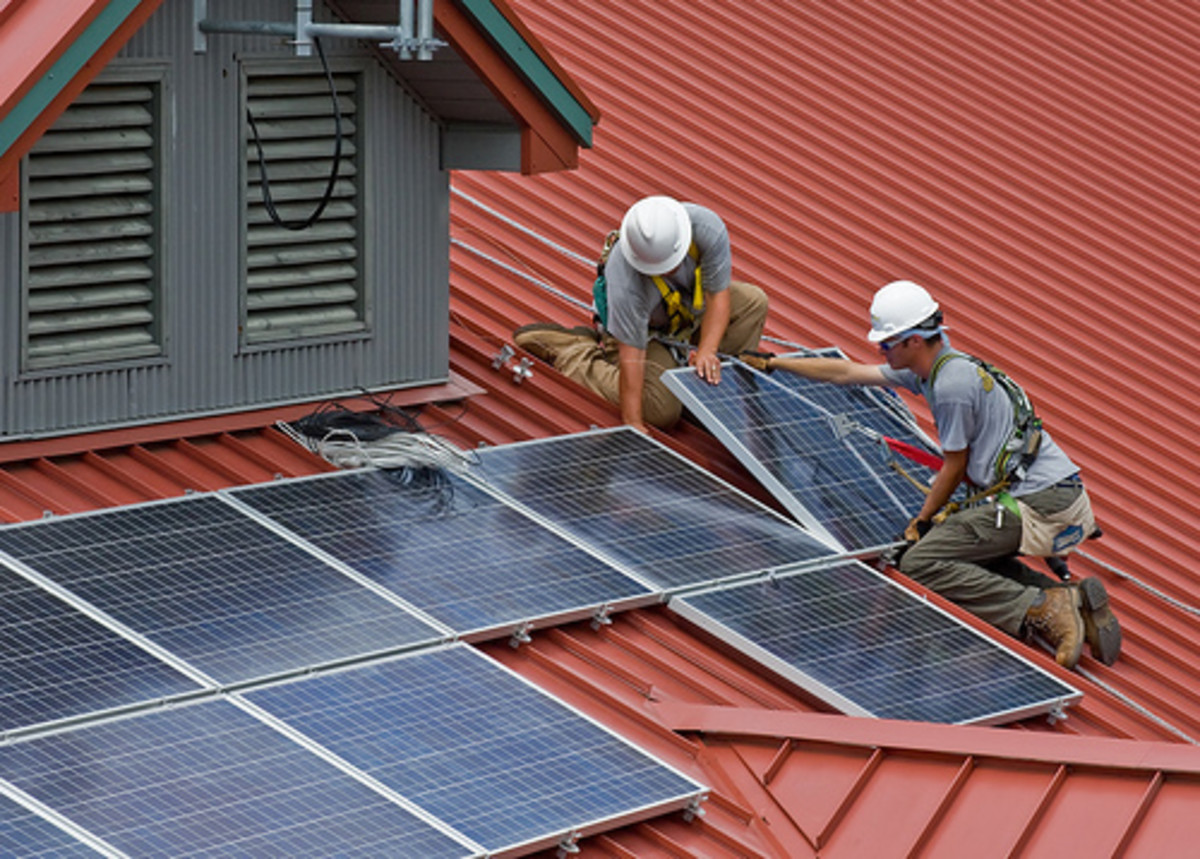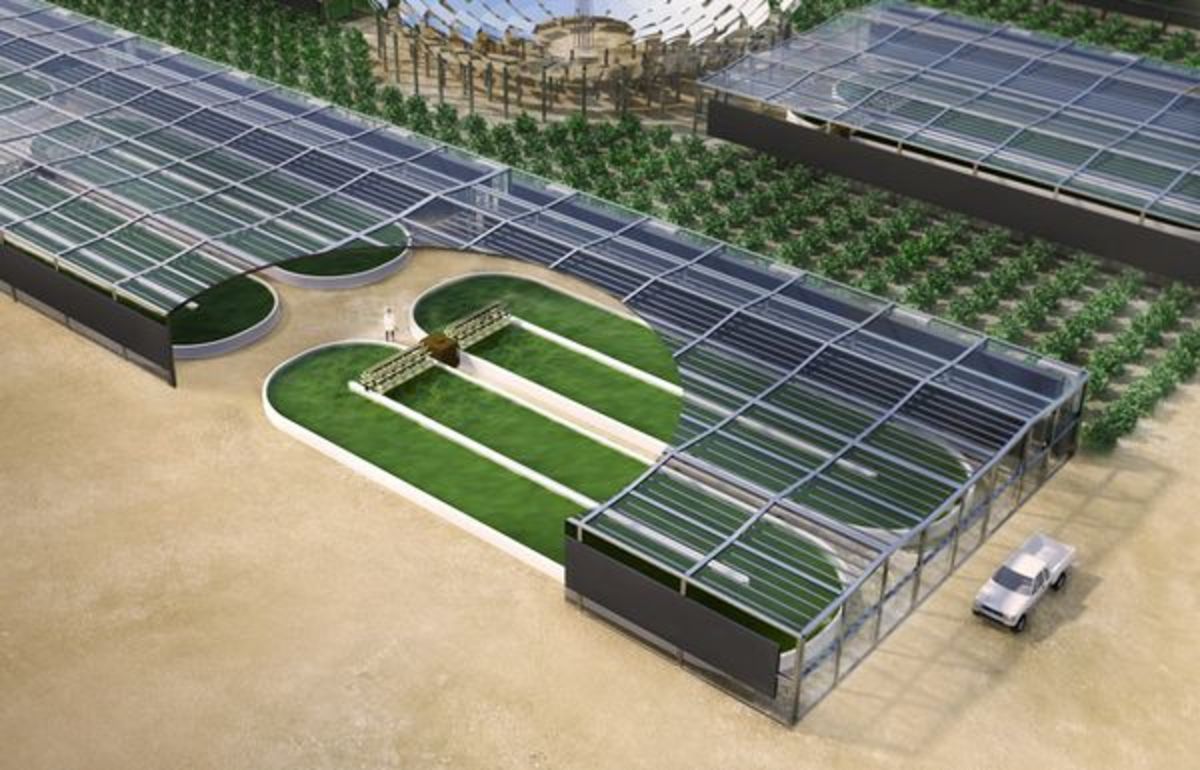Energy Sources Primer: Renewable Options
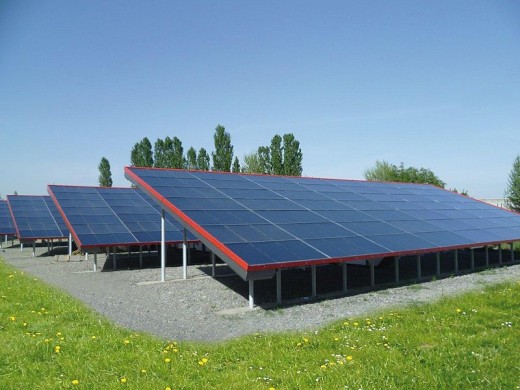
The use of renewable resources in the United States is on the rise. The major renewable resources are solar, wind, hydroelectric, and geothermal power, as well as biomass which includes biofuels such as ethanol and biodiesel. From all of these naturally occurring things- sunlight, wind, water, heat contained within the earth, and plants/animals- energy can be harnessed for use to fuel our basic needs-namely electricity, heat and hot water, cooking, and gasoline for transportation. Although using many of these resources has been common practice for hundreds of years, now more so than ever with a focus on the environment and depletion of our natural resources we are looking to these energy sources to become major players to carry us through many years to come. The US Energy Information Administration (EIA) has a very informative website regarding energy in general, much of my information on renewable resources including the current United States usage statistics come from it. They report that in 2011 for total energy consumption in the US, renewable energy contributed about 9%. When broken down further about half of this contribution is by biomass at 48%, then hydropower (35%), wind (13%), geothermal (2%), and solar at 1%.
Energy from water can be harnessed from each of the ways water manifests; it can be generated from water flowing, as well as from tides and waves. As one can imagine there is more energy trapped in water in its larger manifestations- tides and waves compared to just water flowing. However these scenarios aren’t readily available to every region and thus can only be utilized in geographic areas where tides and waves normally occur. Use of hydropower in any of its forms does have some drawbacks, the equipment to harness the energy- dams, (also called barrages), tidal fences, and water-based turbines are expensive and the building of these structures alters the local ecosystem, both plants and animals, in the surrounding area. One particular problem to note is the potential disruption of fishes’ ability to swim upstream to lay eggs when this type of equipment is installed. Hydropower farmers have set out to correct the damage to the ecosystems as much as they can. In the US, hydropower contributed 6% of total electricity generation in 2011.
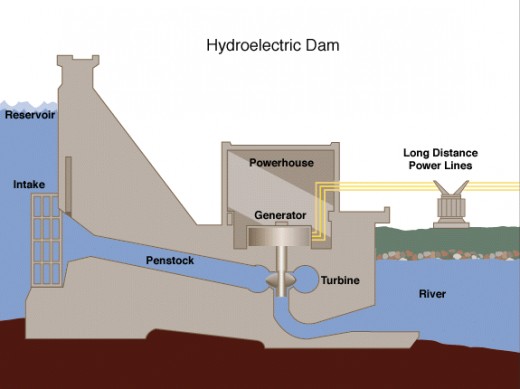
The idea of biomass and biofuels are almost so simple it seems there should be more to them. An age-old practice of burning wood is an example of utilizing biomass for various things such as cooking and home-heating. Biomasses are left-over, organic materials including garbage used to generate energy for the big three- electricity, heating, and vehicular transportation. Wood, along with crops and manure, can be utilized by harnessing the energy trapped inside these organisms for methane gas, ethanol, and biodiesel. Most people are probably somewhat familiar with the idea of biofuels- ethanol and biodiesel- which come from biomass. Crops, majorly sugar cane and corn but others as well, can be fermented via yeast to produce ethanol to be used as transportation gasoline. Currently in the US all gasoline is mixed with a portion of ethanol where ethanol makes up 10% of the total, but certain gasoline engines can run on any percentage, up to 100%. Engines equipped to deal with higher than 15% of ethanol are in the class of engines known as flexible-fuel engines. The EPA recently ruled that cars made after 2001 can handle E15, engines in cars made earlier may suffer corrosion from this higher percentage of ethanol mixed into the gasoline. Car companies seem to disagree since they are working to ensure all new cars are equipped with engines that can handle E15 and higher without damage, which point towards their opinion that cars currently on the market are not able to handle it. Biodiesel-made from vegetable oils, fats and greases-interestingly can be used completely interchangeable with any diesel engine out there. Programs across the US are in effect for the usage of biodiesel for school buses.
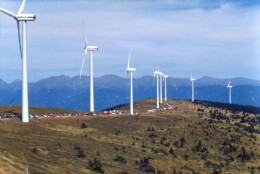
Setting up wind turbines in areas around the world where wind is most predominant allows for the use of this renewable energy for electricity generation. Like the other turbines briefly discussed in these two articles, wind turbines can be hooked up to an electric generator for electricity production. Currently in the US five states generate the most electricity via wind power, namely California, Texas, Illinois, Minnesota and Iowa but 31 other states also utilize wind power (based on 2011 data). There are two types of wind turbines, named for the direction of their axis- horizontal or vertical. The EIA website points out the horizontal ones look like their predecessors-windmills-while the vertical ones look like giant eggbeaters. The horizontal ones capture more wind than the eggbeater variety. It is the combination of lift, pulling of the turbine’s blades forward due to low pressure air pockets forming on the downwind side of the blades, and drag, the wind’s force against the front side of the blades, that allows for the turbine’s rotor to spin.
Going into writing this article, geothermal energy was the one on the renewable list I could not name off of the top of my head. Its name, however, does indicate what this form is all about- it is heat from within the earth’s surface that can be used directly or indirectly for energy purposes. This form of energy can be harnessed at locations where plates of earth’s crust border each other. There are two viable options in these reservoirs- steam and very hot water. The dry steam can be used directly to run turbines for electricity generation or the hot water can be accessed via wells and pipes for indirect use for the end goal of electricity. The hot water can either be converted to steam itself, a process done in Flash Steam Power Plants, or can be used to heat a transfer fluid in order for it to be converted to steam, done at Binary Cycle Power Plants. Using the steam directly is done at Dry Steam Power Plants and is less commonly seen in practice compared to the others. In addition to electricity use, the hot water from these reservoirs can be used for direct heating of homes and commercial buildings or can be pumped through a heating system as an indirect method. In the case of the indirect heat pump system, the water is pumped out of the reservoirs into a heat exchanger then the heat is distributed to the home/building via a secondary fluid. In the summer the heat can be taken out of the building into the heat exchanger where it can then be put to use as hot water for showers, baths, etc.
Lastly we have solar power which can be used to provide us with heat as well as energy for electricity. Solar panels are made up of photovoltaic cells (PV); these directly convert sunlight to electricity. Silicon is the primary conductive agent in PV cells, but Boron and Phosphorus are critical to the overall operation as well. A PV cell contains two separate areas- one is Silicon and Boron, and the other is Silicon and Phosphorus. These two distinct areas allow for an electric gradient so that when sunlight hits the cell, electricity can be generated. Alternatively there are Solar Thermal Power Plants (STPP); these concentrate solar energy from the sun to heat a fluid in order to produce steam for turbine power. In the case of STPPs there are several different options to how they are run. The most common is called a parabolic trough with mirrors in a U-shaped configuration with a receiver pipe in the middle of the U. Regardless of which configuration a STPP operates, they all work to concentrates the sun’s energy- for example the parabolic trough concentrates sunlight from 30 to 100x achieving temperatures over 750 F°. This heats up the transfer fluid which will move to a heat exchanger, then back to the receiver to take in more heat from the concentrated solar energy. The transfer fluid, when hot, will heat water to produce steam and from there we know where it goes to give us electricity. An interesting point made by another great resource, the Renewable Energy World website, is most of the renewable resources come indirectly from the sun. It is the sun that allows for photosynthesis in plants which leads to biomass, as well as temperature changes allowing for wind production which is driven by the sun and so on.
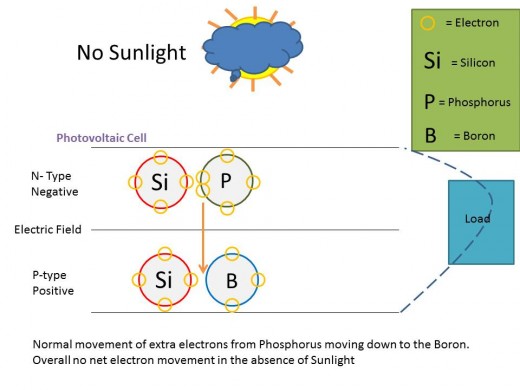
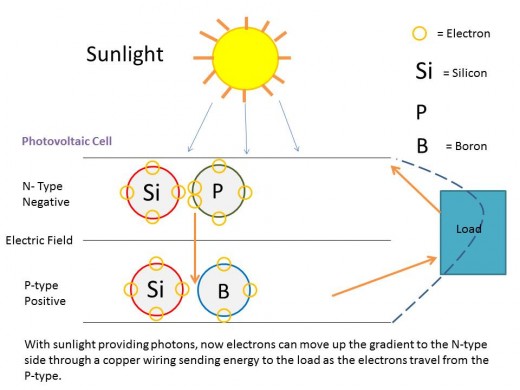
The benefits and downsides as a whole of this renewable energy group are probably clear upon a little thinking. To sufficiently utilize many of the renewable resources it is all about location, location, location. A place where there is a lot of wind, water, and/or sunshine is necessary for maximizing the tapping of these energy types. It is no wonder places like California are high on the list for wind energy, geothermal, solar, and hydroelectric energy usage. Other than location raw resources factor in, Brazil is the successful test case for biofuel usage, using ethanol fuel at up to 100% in its flex-fuel automobiles due to Brazil’s major crop sugarcane. One of the major benefits to these resources, other than the obvious fact that they are endless in supply, is the almost total reduction of harmful emissions when compared to the fossil fuel as a starting material for energy generation. However, the ideal location angle brings up another point about these resources- setting up a way to capture one of these resources may not always be eco-friendly in that they often damage the local environment. On a more superficial level natural beauty is taken into consideration. For example setting up wind farms, areas with many wind turbines together, could damage the views of a given area and thus opposition is seen from nature-lovers and tourist businesses alike.
Of course with any topic, one can continue further and further down the rabbit hole. There is so much information out there on the subject of energy, strictly from a scientific perspective-not to mention the social, political, and economic aspects. A look into the major types of energy sources had me re-evaluating how much I retained about earth science from schooling; the various layers of the earth, how is wind generated, how basic electricity works, etc. As well this topic flushes out my complete naiveté into how electric power plants generate and transmit electricity to my home, as well as the science of car engines and transportation gasoline. Also it is clear I can make many more strides in becoming greener, by truly understanding what the alternative sources of energy are and the impact all resources have on the environment.

